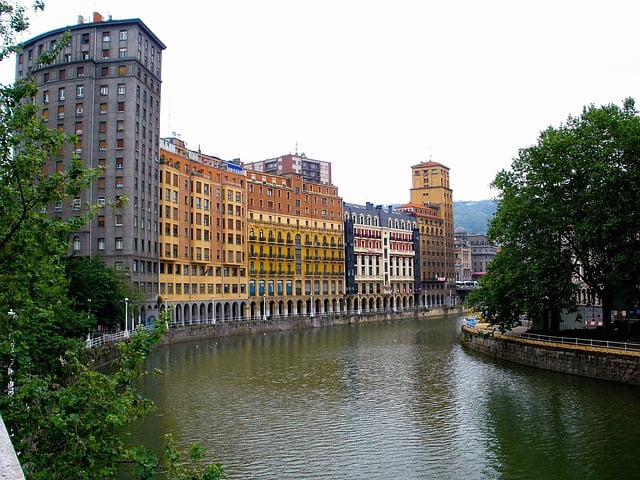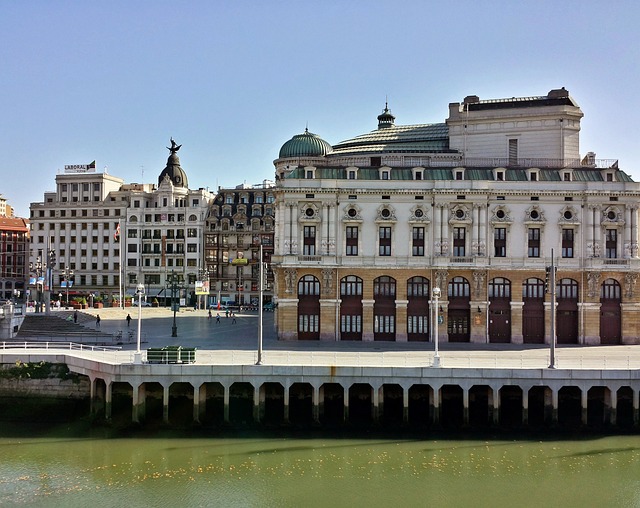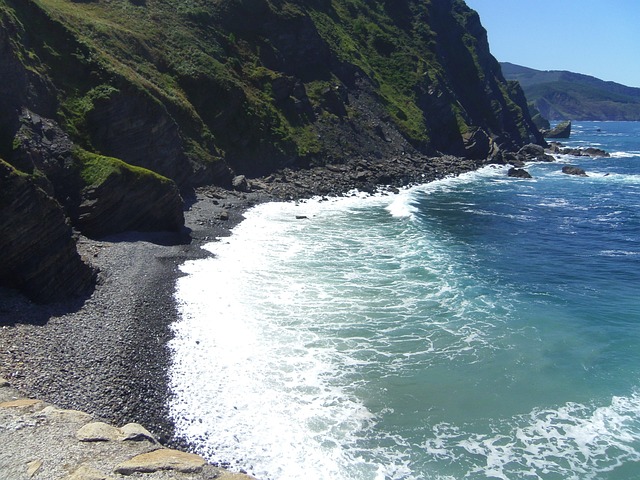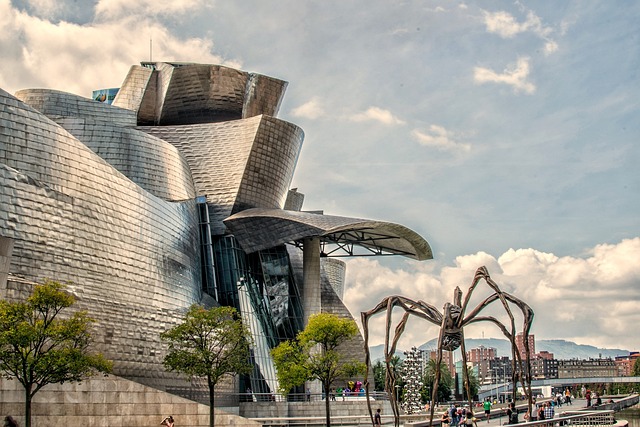Nestled in the heart of Spain’s Basque Country, Bilbao is a city of contrasts where modern architecture meets historical charm. From the iconic Guggenheim Museum to the winding streets of the Casco Viejo, Bilbao offers a rich tapestry of culture, art, and history. For travelers on a budget or those looking to delve deeper into the local culture, free tours provide an excellent opportunity to explore this vibrant city. In 2024, several free tours stand out as must-tries for any visitor to Bilbao.

Why Is Bilbao So Popular Among Tourists?
Bilbao has become a popular destination among tourists for several reasons:
Cultural and Architectural Landmarks
Guggenheim Museum is one of the most popular spots in the city. Designed by Frank Gehry, this iconic building is one of the most important examples of contemporary architecture and a major draw for art lovers. Another one, Casco Viejo, is the historic heart of Bilbao, with narrow streets, charming squares, and historic buildings, including the Santiago Cathedral and Plaza Nueva.
Culinary Scene
Bilbao is renowned for its pintxos (small snacks similar to tapas) culture, with numerous bars and restaurants offering delicious treats. In addition, the region’s culinary traditions are celebrated for their quality and innovation, attracting food enthusiasts from around the world.

Urban Regeneration
Over the past few decades, Bilbao has undergone significant urban regeneration, transforming from an industrial city into a vibrant cultural and economic hub. The redevelopment of the Nervión River, including the Zubizuri Bridge and the revitalization of the waterfront area, has made Bilbao an attractive and picturesque city.
Art and Museums
One of Spain’s finest art museums, with a diverse collection spanning from ancient to contemporary art. A cultural and leisure center, Azkuna Zentroa is housed in a converted wine warehouse, offering exhibitions, performances, and more.

Natural Beauty and Outdoor Activities
The city is surrounded by lush green hills and the coastline of the Bay of Biscay, offering opportunities for hiking, nature walks, and beach activities. Numerous parks and green areas, such as Doña Casilda Iturrizar Park, provide peaceful retreats within the urban landscape.
Festivals and Events
Bilbao’s biggest festival, Aste Nagusia, features parades, concerts, fireworks, and traditional Basque sports. There is also an annual music festival that attracts international artists and music fans worldwide.

Accessibility and Infrastructure
Excellent public transportation system, including the efficient Bilbao Metro, trams, and buses, makes navigating the city easy. A wide range of accommodations, from luxury hotels to budget-friendly hostels, catering to all types of travelers.
These factors make Bilbao an attractive destination for diverse tourists seeking culture, cuisine, outdoor adventures, or a charming city to explore. Keep reading to learn the most popular free tours that will make you happy.
Discover the Rich History of Bilbao on a Free Walking Tour
For travelers seeking an engaging and cost-effective way to explore Bilbao’s fascinating past, the Historic Bilbao Free Tour offers an ideal introduction to this vibrant Basque city. This walking tour takes visitors through the winding streets of Bilbao’s historic center, known as Casco Viejo. The tour typically begins in Plaza Nueva, the iconic neoclassical square. From there, participants are guided through key landmarks and hidden gems.

Casco Viejo
The city’s historical heart is Casco Viejo, Bilbao’s Old Town. A free tour Bilbao with this area, with its cobbled streets and charming atmosphere, offers a fascinating glimpse into Bilbao’s past. Originally a walled city, Casco Viejo dates back to medieval times and has been meticulously preserved, showcasing the architectural and cultural heritage of the Basque region.
Casco Viejo is one of Bilbao’s most historically significant areas. Established in the early 14th century, it was the nucleus around which modern Bilbao developed. The Old Town’s layout and structures reflect the medieval origins, with narrow streets from the central square, Plaza Nueva.
The Cathedral of Santiago
The Cathedral of Santiago, also known as Santiago Cathedral, is one of Bilbao’s most significant religious landmarks. Dedicated to Saint James the Apostle, this Gothic-style cathedral is a pivotal part of the city’s spiritual and cultural heritage. Situated in the heart of Casco Viejo, it is a place of worship and an architectural marvel that attracts visitors and pilgrims alike.
The Cathedral of Santiago has a rich history dates back to the 14th century. Its construction continued over several centuries, resulting in a fascinating blend of architectural styles. The cathedral was built on the site of an earlier church, which was likely constructed in the late 9th century. This earlier church served as a waypoint for pilgrims traveling along the Camino de Santiago, a network of pilgrimage routes leading to the shrine of Saint James in Santiago de Compostela.

Guggenheim Museum
The Guggenheim Museum Bilbao, an architectural and cultural icon, is one of the world’s most significant contemporary art museums. Designed by the renowned architect Frank Gehry, the museum opened in 1997 and has since become a symbol of Bilbao’s transformation from an industrial city to a hub of art and culture. Its striking design and extensive modern and contemporary art collection make it a must-visit destination for art enthusiasts and tourists alike.
San Francisco District
The San Francisco District in Bilbao is a neighborhood undergoing significant transformation and revitalization. Located across the river from Casco Viejo, this area has historically been one of the city’s most diverse and culturally rich parts. In recent years, it has become a hotspot for artistic innovation, multiculturalism, and urban regeneration. The San Francisco District is known for its vibrant street art, eclectic mix of cultural influences, and a growing number of trendy cafes, bars, and galleries.
Historically, the San Francisco District was an industrial area, home to many of Bilbao’s working-class residents. Over time, the neighborhood experienced economic decline, leading to neglect and disinvestment. However, the district’s unique character and central location have made it a focal point for urban renewal projects. Today, San Francisco symbolizes Bilbao’s ability to adapt and reinvent itself while preserving its cultural heritage.

Origin of Soccer in Bilbao and Biscay
Another free walking tour can help you explore soccer. It has deep roots in the Basque city of Bilbao and the surrounding province of Biscay. The sport’s introduction and early development in this region played a crucial role in establishing soccer as a dominant cultural force in Spain.
The arrival of soccer in Bilbao can be traced back to the late 19th century. British workers and sailors who came to the area to work in the booming mining and shipbuilding industries brought the game. These expatriates would play matches in their free time, sparking local interest in the sport.
In 1898, students returning from their studies in England founded Athletic Club de Bilbao, one of Spanish soccer’s oldest and most successful clubs. The club’s formation marked a significant milestone in the sport’s development in the region.
The popularity of soccer spread rapidly throughout Biscay. Other clubs soon formed, including Bilbao Football Club in 1900. The growing enthusiasm for the sport led to the creation of the first Biscay Championship in 1904, further solidifying soccer’s place in local culture. During this tour, you can visit a stadium and learn more about soccer in Bilbao.
Final thoughts
Bilbao’s free walking tours offer a fantastic way to experience the city’s rich history, vibrant culture, and stunning architecture without breaking the bank. Whether you’re a first-time visitor or a seasoned traveler, these tours provide a unique and engaging way to explore Bilbao’s many facets.
